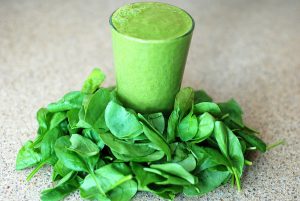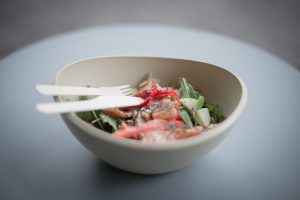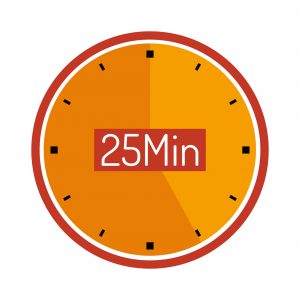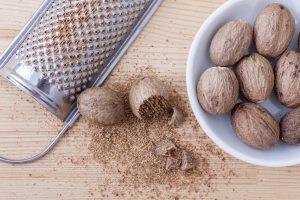Bone health is not something that people often think about. But they should: our bones support safe and easy movement and protect our internal organs. Bone health becomes even more critical as we age: we lose bone mass, calcium, and other minerals, resulting in bones that are brittle and at risk for breaks. There are some easy lifestyle adjustments that can support bone health for people in all stages of life, like a diet rich in omega 3 fatty acids, calcium, and vitamin D. While taking supplements may be an option, always consult with your primary care provider before beginning a new regimen. There are natural ways to add more of these vitamins and minerals into your diet.
CALCIUM

As we age, the body is less able to absorb and retain calcium, a mineral necessary for bone health. To add more calcium into your diet, turn to dark leafy greens: collards, mustard greens, kale, and cruciferous vegetables like bok choy (“chinese cabbage”), okra, brussel sprouts, and broccoli. Spinach is another classic leafy green, but it contains a naturally occurring compound that binds to the calcium, rendering the calcium less readily available than in other leafy greens. Bone broth is another excellent source of calcium and an overall nutritional goldmine. Some dairy products are good sources of calcium: sharper cheeses like parmesan or protein-high cheeses like cottage cheese, yogurt, or milk are your best bets. You can also find calcium in nuts and seeds such as almonds and almond milk, hazelnuts, and poppy and chia seeds.
VITAMIN D
With age comes a lack of vitamin D because the skin’s capacity to synthesize vitamin D decreases as we age. In addition, many seniors spend less time in the sun, which is a primary source of the body’s vitamin D. Vitamin D is thought to support calcium absorption from food, and many studies show that calcium and vitamin D can help strengthen bones in people with osteoporosis, along with other health benefits. The National Osteoporosis Foundation reports that “most people must take vitamin D supplements to get enough to support bone health.” Vitamin D is found in some foods: fatty fish like salmon and tuna, and is often added to milk and nut milks, dairy products like yogurts and cheeses, orange juice, and some cereals.

OMEGA 3 (FATTY ACIDS)
Omega 3s support the calcium absorption that is necessary for healthy, strong bones. You can get Omega 3s from many of the same foods as calcium: leafy greens, fish, and nut butters and nut milks, along with tofu and soybeans, seeds like flaxseed and pumpkin seeds, hemp hearts, avocados, and eggs. While Omega 3 fatty acids are necessary for the body and bone health, many of the foods they are found in can be high in calories, so consume conscientiously.
RECIPE: SPRING BERRY SALAD WITH SEARED SALMON.
For a light, spring meal rich in omega 3s, calcium, and vitamin d, check out this Spring Berry Salad with Seared Salmon. The fruity salad is perfectly complemented by a simple, crispy-skinned, pan-seared salmon. With prep included, this all comes together in less than 30 minutes. 
Ingredients (serves 2)
For the Salad
5 cups of mixed leafy greens (try Trader Joe’s power to the greens – a mix of chard, kale, and spinach)
1 avocado, sliced.
⅓ cup of sliced nuts (your choice – I like walnuts, almonds or pistachios are great choices too)
¾ cup of berries (your choice: blackberries, blueberries, strawberries)
⅓ cup of crumbled feta cheese
Poppy seed salad dressing (store bought or make your own)
Optional: chia seeds, hemp hearts, flax seeds – you can add them to the poppy seed dressing or
sprinkle over avocado)
For the Salmon
2 salmon filets, 3oz-6oz
Juice of one lime
Salt and Pepper
Extra virgin olive oil
- Pat salmon fillets until dry. Season liberally with salt and pepper, preferably 10-15 minutes before you plan to cook.
- Prepare the salad: Wash all produce, and toss together berries, greens, and avocado with your preferred amount of poppy seed salad dressing. Top with sliced almonds and feta.
- Heat a skillet (preferably cast-iron) with a layer of extra virgin olive oil until it shimmers (you can test by flicking water droplets, they should sizzle).
- Add salmon to skillet, skin-side down. Press with spatula until the skin of the salmon easily releases from the bottom of the skillet – 3-5 minutes. Flip, and cook for another 1-2 minutes to your preferred doneness.
- Season salmon with a healthy squeeze of lime juice and serve alongside salad.




















